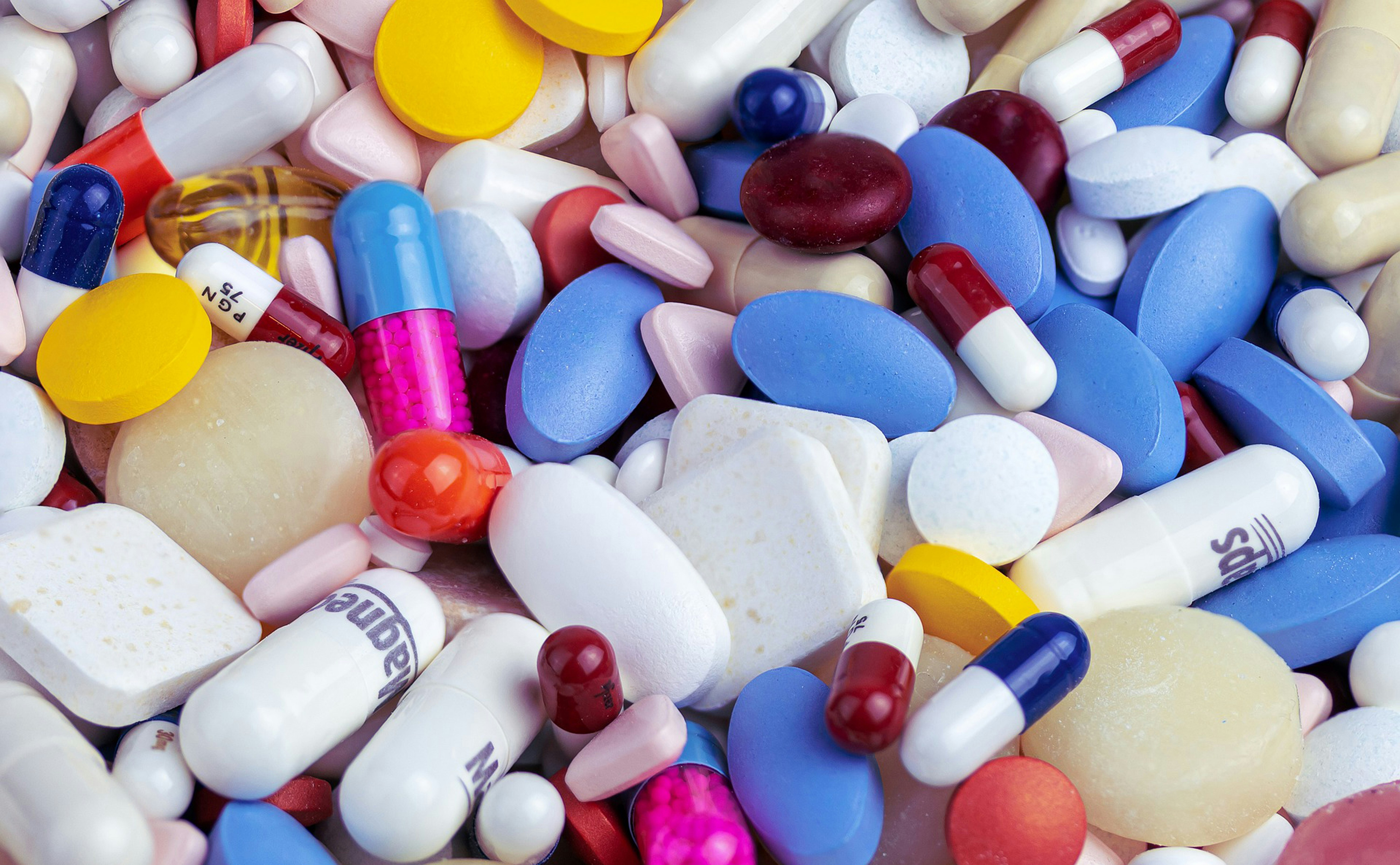Laboratory Chemicals and Testing in the Pharmaceutical Industry
The pharmaceutical industry is at the forefront of medical advancements, developing life-saving drugs, vaccines, and therapies that improve global health. However, this process is highly complex, requiring meticulous testing to ensure that every product is safe, effective, and of the highest quality. Laboratory chemicals play a critical role in the research, development, and manufacturing processes of pharmaceutical products.
In this article, we explore the key laboratory tests and chemicals used in the pharmaceutical industry, how they support regulatory compliance, and the importance of reliable chemical suppliers for maintaining product integrity and safety.
What Is the Pharmaceutical Industry?
The pharmaceutical industry is responsible for discovering, developing, manufacturing, and distributing medications, vaccines, and medical treatments. The process involves various stages, including drug discovery, preclinical testing, clinical trials, and commercial production. Throughout each of these phases, laboratory testing is essential to ensure that products meet stringent safety, efficacy, and quality standards.
Essential Laboratory Testing in Pharmaceutical Manufacturing
1. Identity and Purity Testing
Before a pharmaceutical product can be used, it’s crucial to confirm that the active pharmaceutical ingredients (APIs) are present at the correct concentration and meet purity standards. This ensures that the product is both safe and effective for patients.
Testing Methods:
-
HPLC (High-Performance Liquid Chromatography)
-
UV-Vis Spectrophotometry
-
TLC (Thin-Layer Chromatography)
Common Chemicals:
-
Acetonitrile, methanol, ethanol (HPLC solvents)
-
Phosphoric acid, formic acid (mobile phase modifiers)
-
USP-grade reference standards for APIs
2. Microbial Testing
Microbial contamination is a significant concern for pharmaceutical products, especially sterile medications, such as injectables and ophthalmic solutions. Ensuring the absence of harmful bacteria, fungi, and endotoxins is critical to preventing infections and maintaining patient safety.
Tests Include:
-
Sterility testing (USP <71>)
-
Microbial limits testing (USP <61> and <62>)
-
Endotoxin testing (LAL test)
Chemicals Used:
-
Tryptic Soy Broth (TSB)
-
Fluid Thioglycollate Medium (FTM)
-
Endotoxin-free water
-
LAL reagents
3. Stability Testing
Pharmaceutical products must be stable over time under various environmental conditions. Stability testing simulates real-world storage conditions to determine a product's shelf life and ensure that it maintains efficacy and safety throughout its lifecycle.
Tests Include:
-
Accelerated stability testing (e.g., heat, humidity)
-
Photostability (exposure to light)
-
Oxidative stability (testing for degradation)
Lab Chemicals:
-
Buffer solutions
-
Antioxidants, preservatives
-
Desiccants and humidity chambers
4. Heavy Metals and Impurity Testing
Pharmaceutical products must be free of toxic elements like lead, mercury, arsenic, and cadmium, as well as other impurities that may arise during manufacturing.
Techniques:
-
Inductively Coupled Plasma Mass Spectrometry (ICP-MS)
-
Atomic Absorption Spectroscopy (AAS)
Reagents Required:
-
Nitric acid, hydrochloric acid (for sample digestion)
-
Certified ICP-MS standards for calibration
-
Standard solutions for heavy metals
5. Dissolution Testing
Dissolution testing measures how quickly a drug dissolves in a fluid, which is crucial for understanding the bioavailability of a drug and ensuring it reaches the bloodstream effectively.
Testing Methods:
-
Dissolution apparatus (USP Apparatus 1 & 2)
-
Phosphate buffer solutions (for simulating stomach or intestinal conditions)
Lab Reagents:
-
Phosphate buffer
-
Hydrochloric acid, Sodium hydroxide (for pH adjustments)
-
Surfactants for solubility enhancement
Key Laboratory Chemicals for Pharmaceutical Testing
| Chemical/Reagent | Purpose |
|---|---|
| Acetonitrile (HPLC grade) | HPLC solvent for purity and identity testing |
| Isopropyl alcohol (IPA) | Sterilization and surface cleaning |
| Hydrochloric acid (HCl) | pH adjustment and sample digestion |
| Methanol | Solvent for chromatography and assays |
| USP reference standards | Potency and purity verification |
| Endotoxin-free water | Sterility and endotoxin testing |
| Tryptic soy broth | Microbial growth medium for sterility testing |
Regulatory Standards for Pharmaceutical Testing
The pharmaceutical industry is one of the most regulated sectors in the world, with strict standards and guidelines designed to ensure that medications are safe and effective. Common regulatory frameworks include:
-
FDA (Food and Drug Administration)
-
EMA (European Medicines Agency)
-
USP (United States Pharmacopeia)
-
ICH (International Council for Harmonisation)
-
GMP (Good Manufacturing Practice)
Compliance with these regulations ensures that pharmaceutical products meet quality, safety, and efficacy standards, making laboratory testing and the use of high-quality chemicals a necessity for maintaining regulatory approval.
How Chemical Suppliers Support the Pharmaceutical Industry
Pharmaceutical companies rely on laboratory chemical suppliers to provide:
-
High-purity chemicals for analysis and manufacturing
-
Certified reagents for testing and validation
-
Reliable delivery to meet production timelines
-
Comprehensive regulatory documentation (SDS, COA, lot traceability)
At 949 Chemical, we are proud to support pharmaceutical manufacturers across San Diego, Orange County, Los Angeles, and Santa Barbara, offering a wide range of chemicals, solvents, and reagents for all phases of pharmaceutical development and production.

